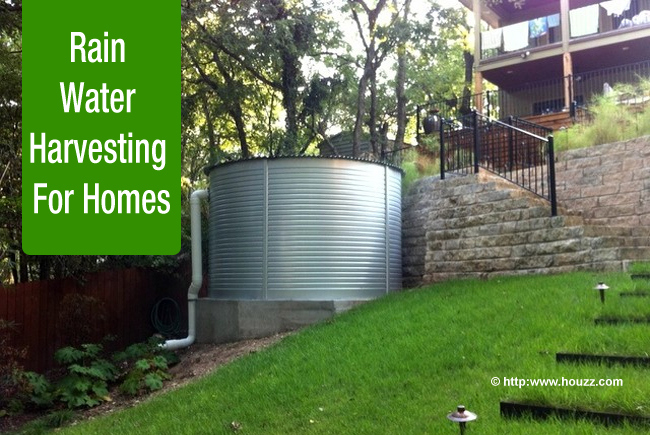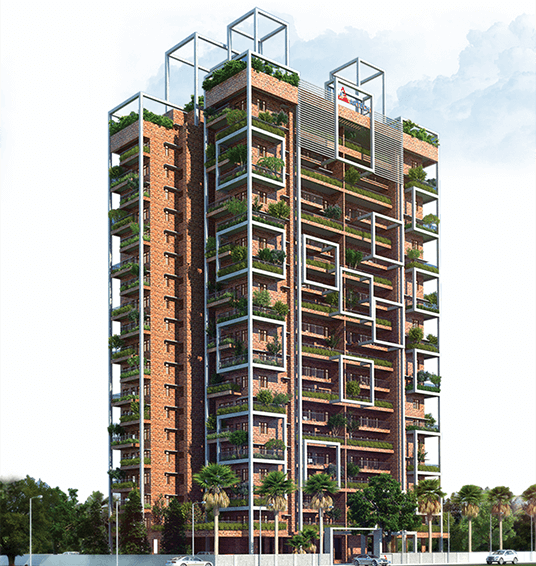
India and its prosperity largely depend on rains. In fact, about 85% of land in this country depends on rain either directly or indirectly through groundwater that is recharged through rains. Rains not only water the crops, but also feed the livestock. Rainwater harvesting is of utmost importance in India and has been successfully implemented in many parts of the country. One such success story is the Hiware Bazaar Village in the dry and arid district of Ahmednagar in Maharashtra where despair and poverty have given way to prosperity. But how does one implement rainwater harvesting for homes? Here are a few ideas on how this can be done:
- Installing a rainwater harvesting system: Ideally this is a system where rainwater is collected. It can be installed either on a terrace or a courtyard or any other place where rain water falls. The downpipes which collect rainwater from terraces and rooftops can connect to the gutters. While some are basic, some of them are sophisticated and include an intricate system where the first spell of rain can be flushed out so as to keep the water clean and safe.
- Water Butts: Water butts or cans are excellent options to store rainwater. These can be fitted on a down-pipe so as to collect the water that would otherwise be wasted on the ground. This can be used to water plants or some other purpose. A single water butt can be used to fill a water can up to 25 times. Imagine the amount of water that can be saved!
- Dual Intensity Rainwater Harvesting Filter: The Government of India has collaborated with the World Bank to install Dual Intensity Rainwater Harvesting Filters in schools, colleges and other places. You can always speak to one of these companies to install a similar system in your house/apartment.
In addition to the above methods, there are a few things you can do as a responsible citizen to save water. Some of them include:
a) Plant trees and plants that are not water intensive: Plant trees that are native to your area. These will be adapted to the climate and soil of your area and would get the best out of rain.
b) Use mulch: Mulch refers to organic matter like shredded wood, shredded leaves, newspaper etc. These can be evenly spread around the plant as they help to retain moisture.
These are some of the things that can be done to save water.













